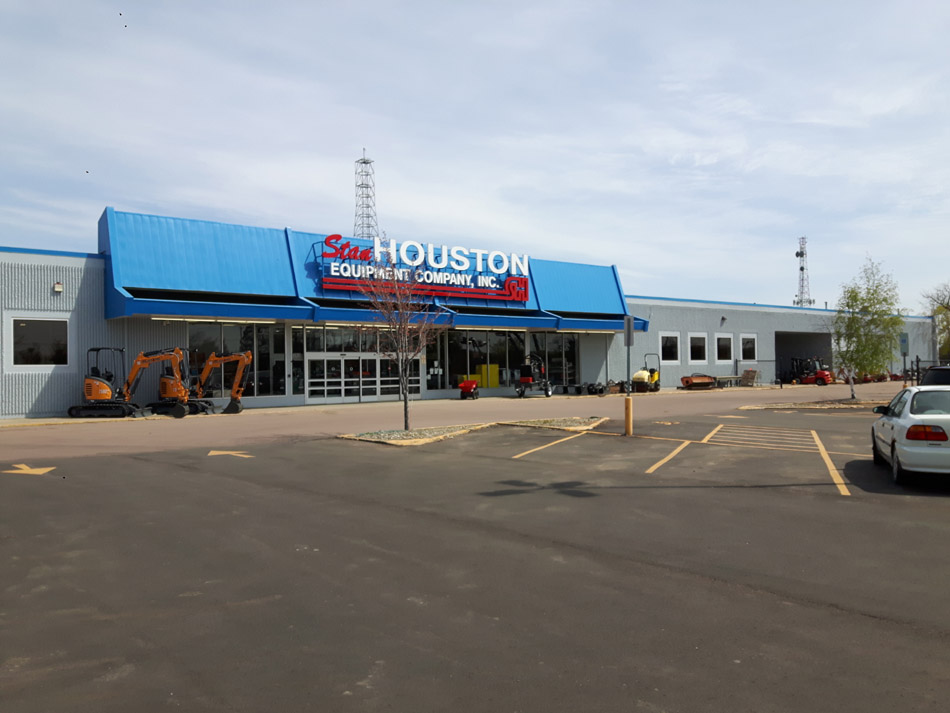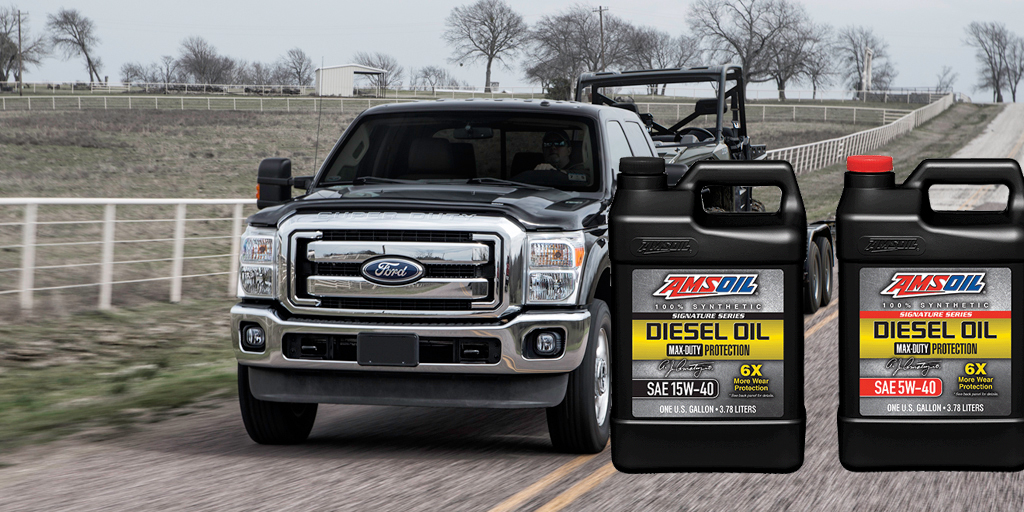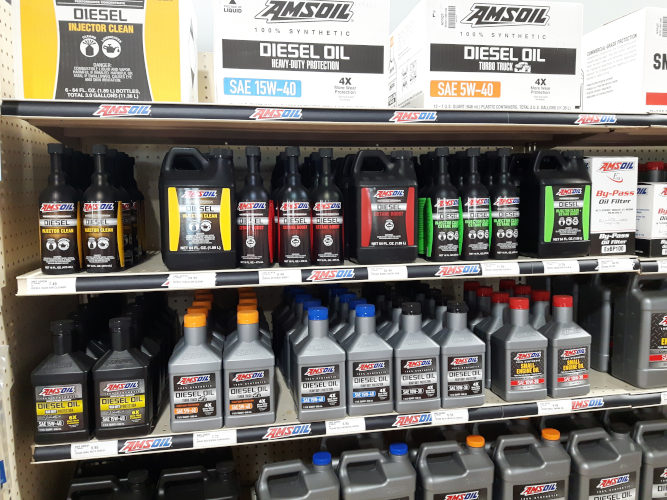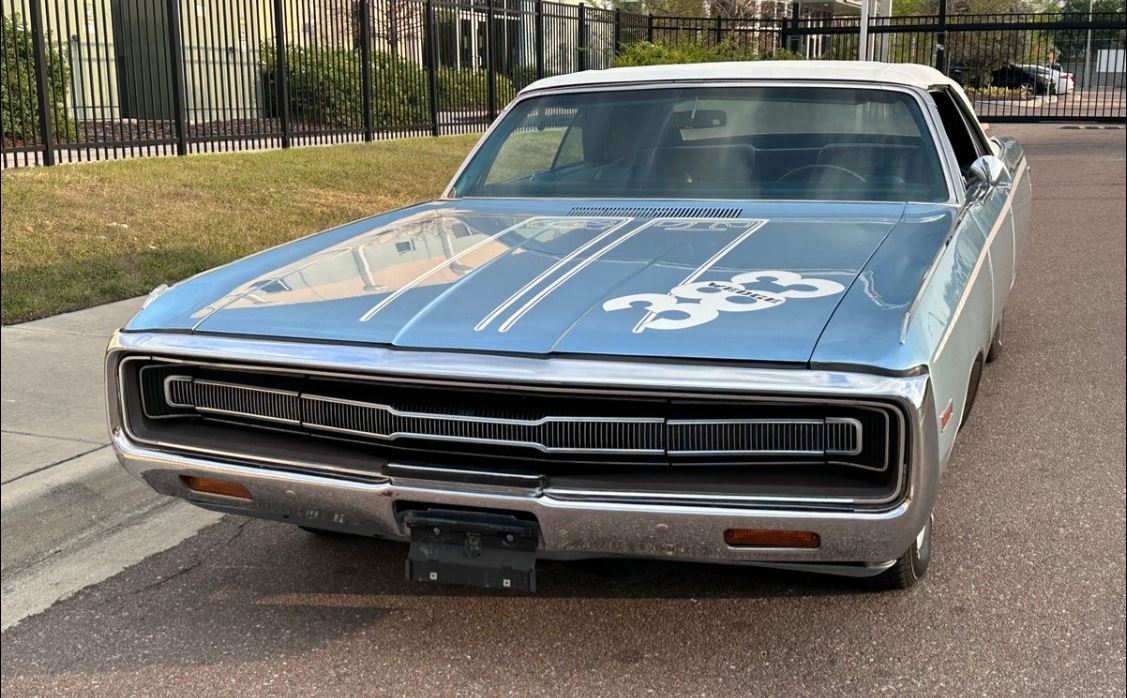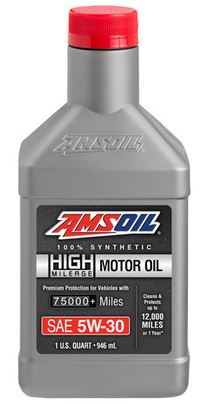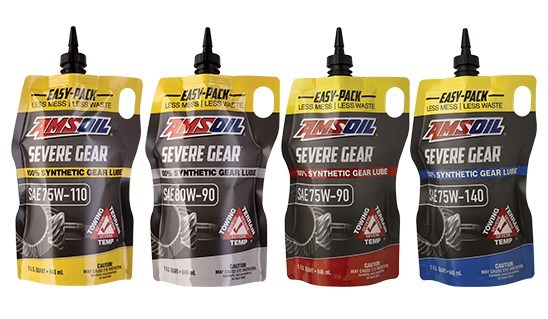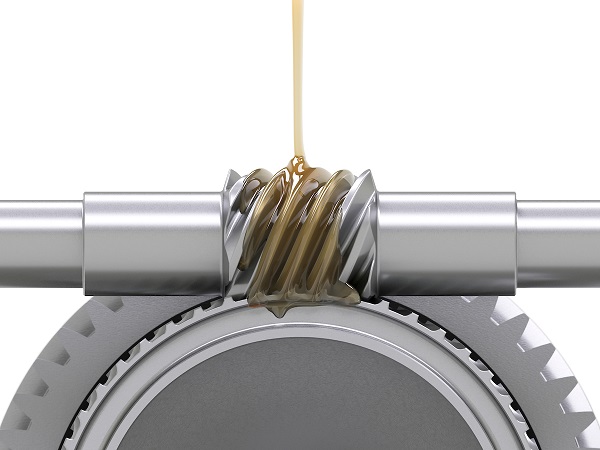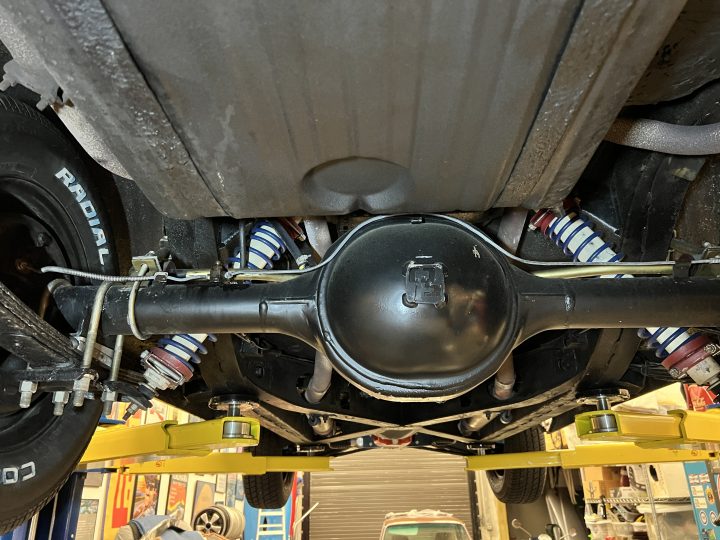Generally with todays vehicles it’s not an issue but you should check the particular recommendations in the owners manual John Baker | Oct 08, 2018 11:51 AM Motorists sometimes ask if they should use a lighter viscosity of motor oil once winter arrives. Yes – provided your vehicle manufacturer allows it. Run out to your […]
Gadget Advantages Racing Pros Can’t Live
So what is it Racing Pros Can’t Live Without?? Money? Lindsay Premo| An archived blog May 18, 2017 4:00 PM Be prepared to be schooled, race fans. I have a little lesson in technology for you. In today’s age, we all rely heavily on technology in our daily lives. I, for one, would be dead in […]
The Difference Between GL-4 and GL-5 Gea...
The Difference Between GL-4 Manual Transmission and GL-5 Differential Gear Oil The main difference between GL-4 and GL-5 gear oils is in the level of extreme-pressure (EP) additives. It’s really very simple. They are not intended to be interchangeable and GL5 didn’t replace GL4. by Eddie Yorkman, | July 5, 2022 If you’ve ever purchased […]
Understanding Lubrication Fundamentals
Basic Fluid Lubrication and Protection Fundamentals Different methods of lubrication protect machines from wear. _by David Hilgendorf The primary function of fluid lubrication is to provide a durable film that protects moving parts by reducing friction and wear between surfaces; however, the level of protection provided is enabled by different methods of lubrication: The reduction […]
